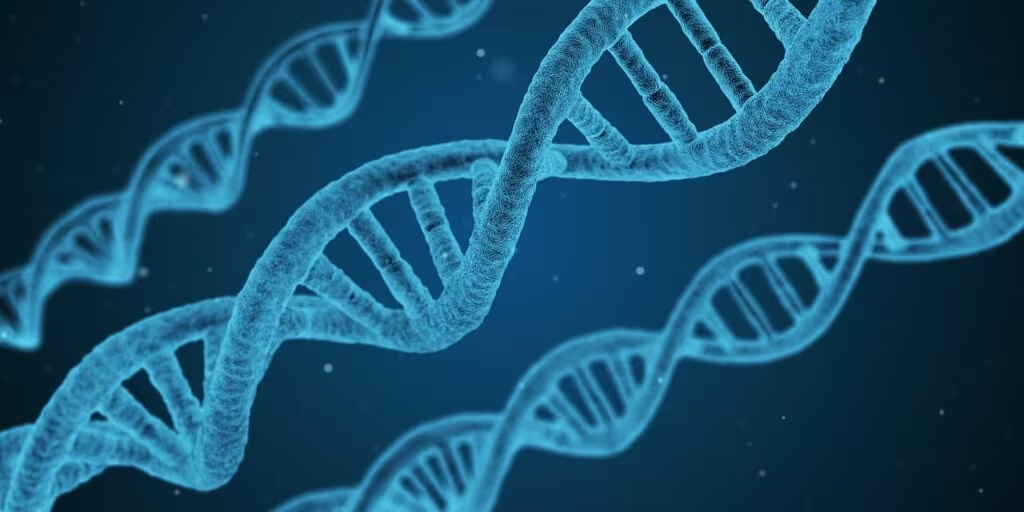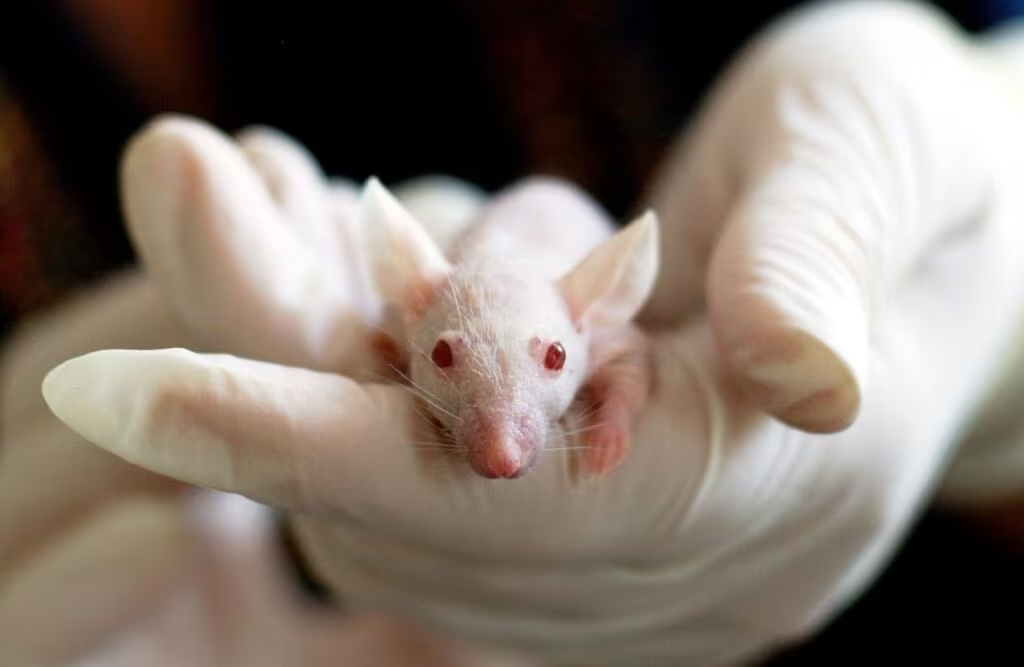The Ultimate Biological Reduction: Introducing the Minimal Cell
For decades, scientists have pursued the ultimate question in biology: What is the absolute minimum required for life? That quest reached a critical milestone with the creation of JCVI-syn3A, a synthetic organism so pared down that its very existence forces a re-evaluation of what constitutes a living cell. Developed by researchers at the J. Craig Venter Institute (JCVI), this organism possesses the smallest genome of any known self-replicating cell, containing just 473 genes.
This minimal cell is not merely a biological curiosity; it is a fundamental research tool designed to strip away complexity and reveal the core machinery of life. By eliminating every non-essential gene, scientists hoped to create a clean slate—a system where every remaining component was understood. However, the resulting organism proved far stranger and more complex than anticipated, behaving in ways that defy conventional biological rules.

Building Life from the Ground Up: The JCVI-syn3A Project
The journey to JCVI-syn3A began with the creation of the first synthetic cell, Mycoplasma mycoides JCVI-syn1.0. This initial step proved that an entirely synthetic genome could be booted up inside a host cell. The subsequent, more challenging phase involved systematically removing genes to find the minimal gene set.
Researchers started with a naturally occurring bacterium, Mycoplasma mycoides, which already has a relatively small genome of over 900 genes. Through meticulous genome reduction, they eliminated genes responsible for non-essential functions, such as those involved in complex metabolic pathways or repair mechanisms that could be supplemented by a rich laboratory growth medium.
The final product, JCVI-syn3A, is a testament to genetic engineering, yet it is profoundly fragile. It can only survive in a highly controlled, nutrient-rich environment, relying on the external medium to supply many compounds it can no longer synthesize itself. This reliance underscores the fact that the minimal cell is not a robust, naturally competitive organism, but rather a laboratory construct designed for maximum simplicity.
A Life of Instability: Division Without Control
One of the most striking characteristics of the minimal cell is its bizarre behavior during growth and division. Unlike typical bacteria, which maintain a consistent shape and divide precisely into two equal daughter cells (a process called cytokinesis), JCVI-syn3A is highly pleomorphic—it lacks a stable shape and varies wildly in size.
When it divides, it does so slowly and unevenly, often pinching off daughter cells that are vastly different in size and sometimes even lacking a full complement of the minimal genome. This instability suggests that the genes responsible for maintaining cell shape and regulating precise division were among those deemed non-essential and removed.
This finding has provided crucial insight into the complexity of cell division. Scientists previously believed that the core machinery for cell division was relatively simple and universal. The minimal cell demonstrates that the genes responsible for robust, symmetrical division are not strictly essential for survival and replication, but rather for efficiency and consistency in a competitive environment.
“The minimal cell shows us that the fundamental process of replication can occur without the sophisticated machinery we usually associate with bacterial division. It’s a messy, inefficient process, but it works, challenging our textbook definitions of cellular life,” noted one researcher involved in the study.
The Mystery of the Essential Unknowns
Perhaps the most compelling mystery posed by JCVI-syn3A lies within its own genome. While the researchers successfully identified and removed hundreds of genes, they discovered that approximately 149 of the 473 essential genes have functions that remain completely unknown to science.
These genes are considered ‘essential unknowns’ because the cell dies if they are removed, yet their specific biochemical roles cannot be determined using current databases or predictive models. This realization highlights a profound gap in our understanding of fundamental cellular processes. Even in the simplest known self-replicating organism, nearly a third of the machinery is a black box.
Key facts about the JCVI-syn3A genome:
- Total Genes: 473
- Genes with Known Function: Approximately 324 (involved in DNA replication, transcription, translation, and membrane function).
- Essential Unknowns: Approximately 149 (genes required for survival, but whose function is a mystery).
This research suggests that the current biological models, which are largely based on studies of complex organisms like E. coli, may overlook crucial, basic mechanisms necessary for life. The minimal cell provides a unique platform to systematically investigate these unknown genes, potentially unlocking new universal principles of biology.

Implications for Biology and the Future of Synthetic Life
The creation and ongoing study of JCVI-syn3A have significant implications across several fields, from fundamental research to applied bioengineering.
Redefining Life
The minimal cell forces scientists to confront the philosophical and practical definitions of life. If a cell can replicate and evolve with only 473 genes, how much simpler could life have been at its origin? The cell’s instability and reliance on external nutrients suggest that early life forms might have been similarly fragile and dependent on environmental factors.
Advanced Bioengineering
For synthetic biology, the minimal cell serves as the ultimate chassis. By starting with a system where every gene is known and essential, scientists can add specific genetic modules to perform desired tasks, such as producing biofuels, synthesizing pharmaceuticals, or detecting environmental toxins. This ‘bottom-up’ approach promises cleaner, more predictable bio-factories compared to modifying complex natural organisms.
Drug Development
Understanding the minimal set of genes required for bacterial survival is invaluable for developing new antibiotics. If researchers can pinpoint the essential unknown genes that are unique to pathogens, they can design drugs that specifically target those functions, potentially bypassing existing resistance mechanisms.
Key Takeaways
- Minimal Genome: JCVI-syn3A is a synthetic cell containing only 473 genes, the smallest genome of any self-replicating organism.
- Origin: It was created by the J. Craig Venter Institute (JCVI) through systematic genome reduction of Mycoplasma mycoides.
- Unstable Division: The cell is highly pleomorphic and divides unevenly, lacking the complex machinery for precise cytokinesis found in most bacteria.
- Essential Unknowns: Approximately 149 genes in the minimal genome are essential for survival, yet their biological function remains a mystery, highlighting gaps in fundamental biological knowledge.
- Future Impact: The minimal cell acts as a simplified platform for bioengineering, drug discovery, and research into the origins and fundamental requirements of cellular life.

Conclusion
In the ongoing effort to understand the mechanics of life, the minimal cell JCVI-syn3A represents both a triumph of engineering and a profound biological puzzle. By achieving the smallest possible genome, scientists have inadvertently revealed how much we still do not know about the core processes that sustain even the simplest forms of cellular existence. The continued study of this fragile, synthetic life form promises to redefine our understanding of genetics, evolution, and the very nature of biological autonomy.
What’s Next
Future research efforts are intensely focused on two areas: first, systematically determining the function of the 149 essential unknown genes using advanced proteomics and structural biology techniques; and second, using the minimal cell as a foundation to build more complex, customized synthetic organisms capable of performing specific industrial and medical tasks.
Originally published: November 24, 2025
Editorial note: Our team reviewed and enhanced this coverage with AI-assisted tools and human editing to add helpful context while preserving verified facts and quotations from the original source.
We encourage you to consult the publisher above for the complete report and to reach out if you spot inaccuracies or compliance concerns.

